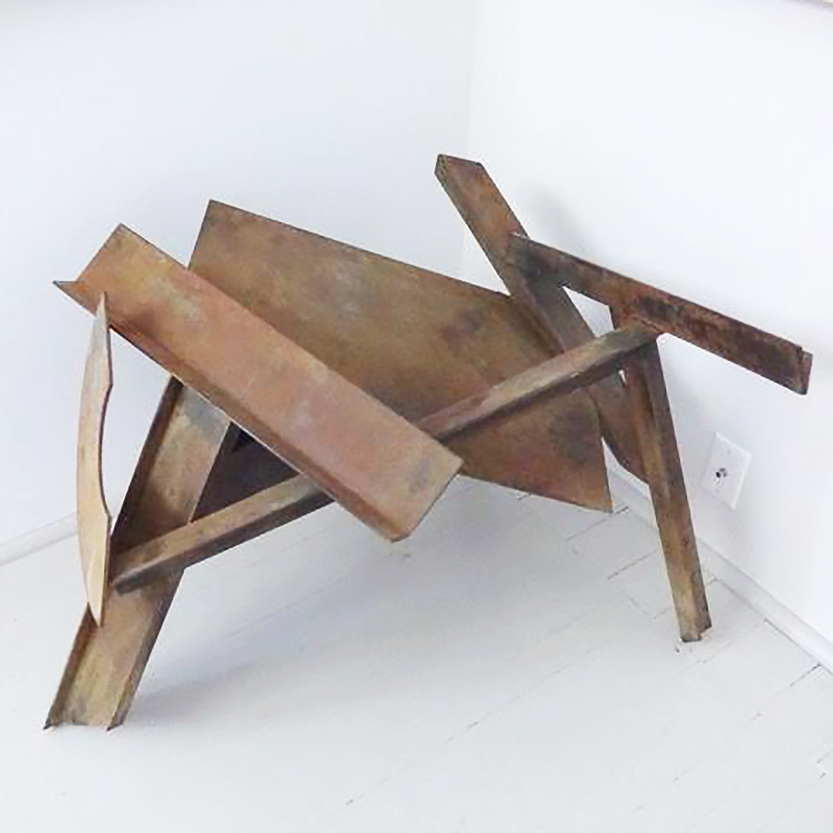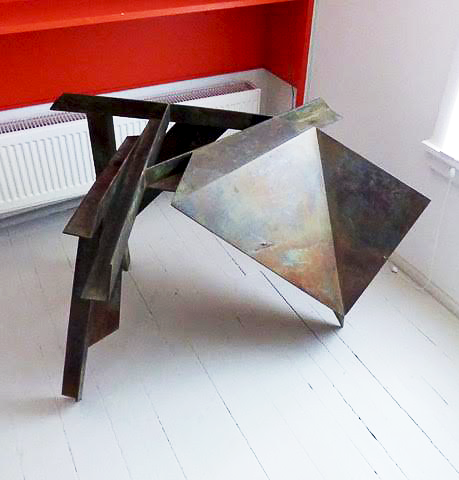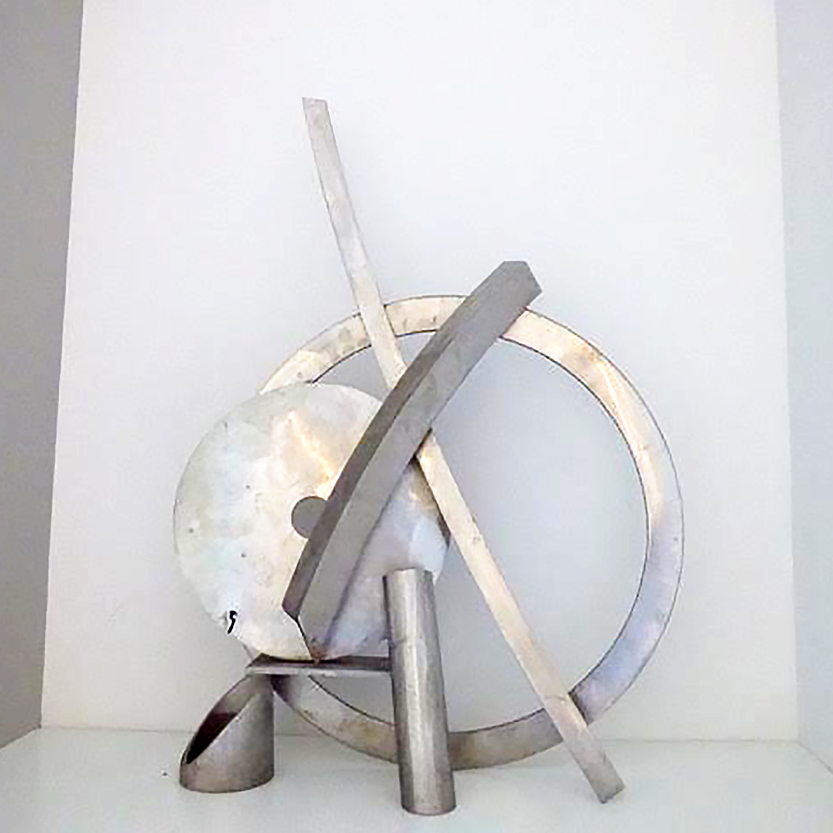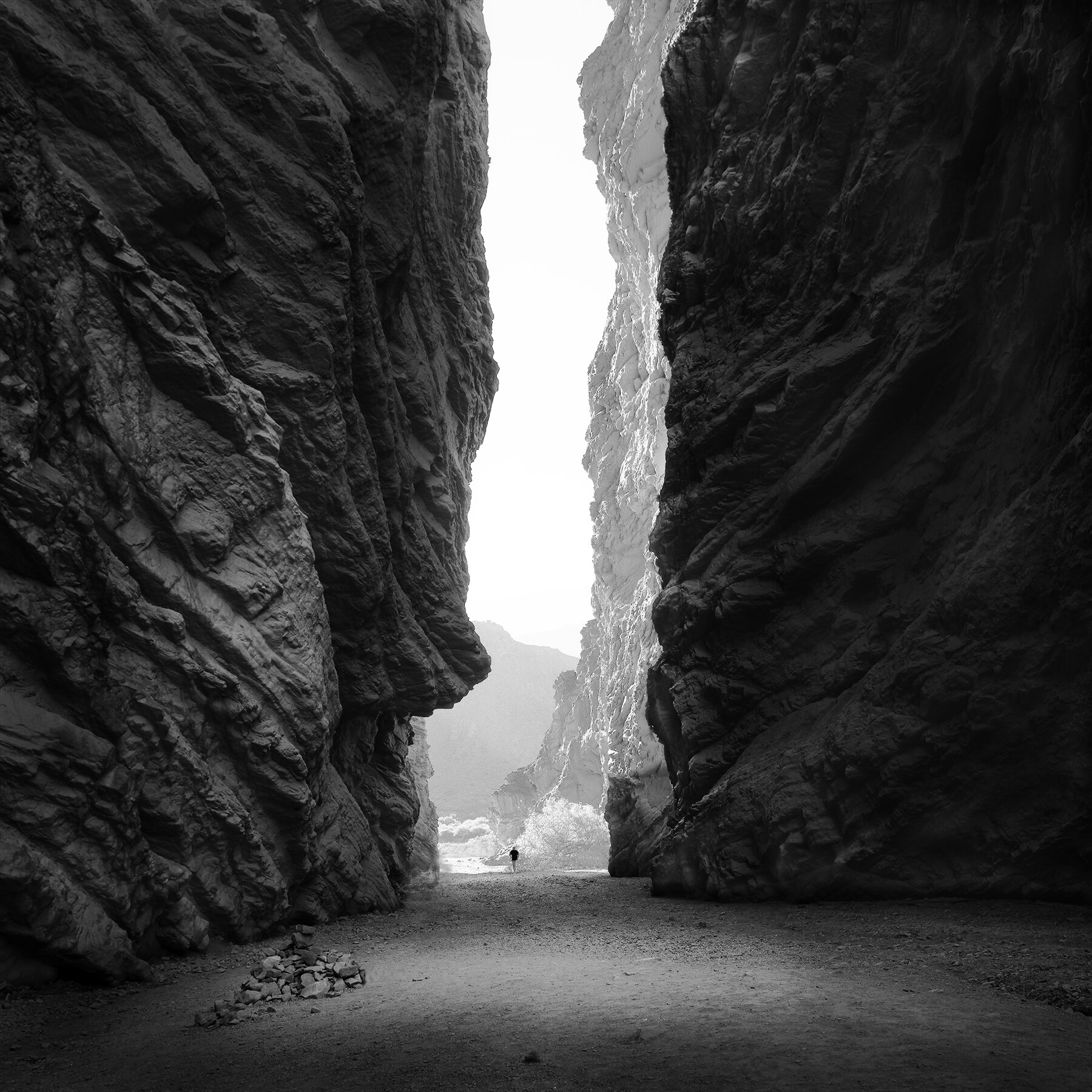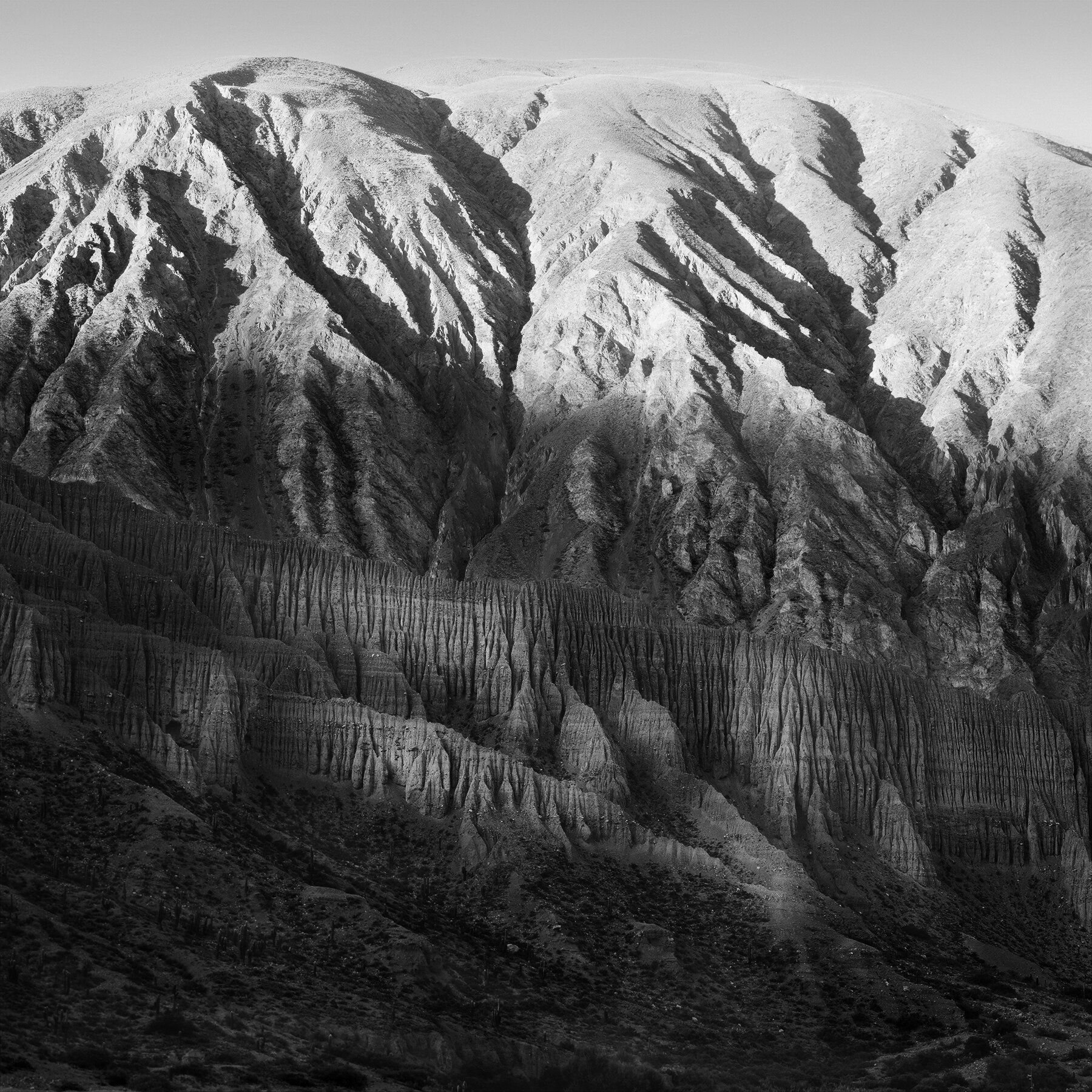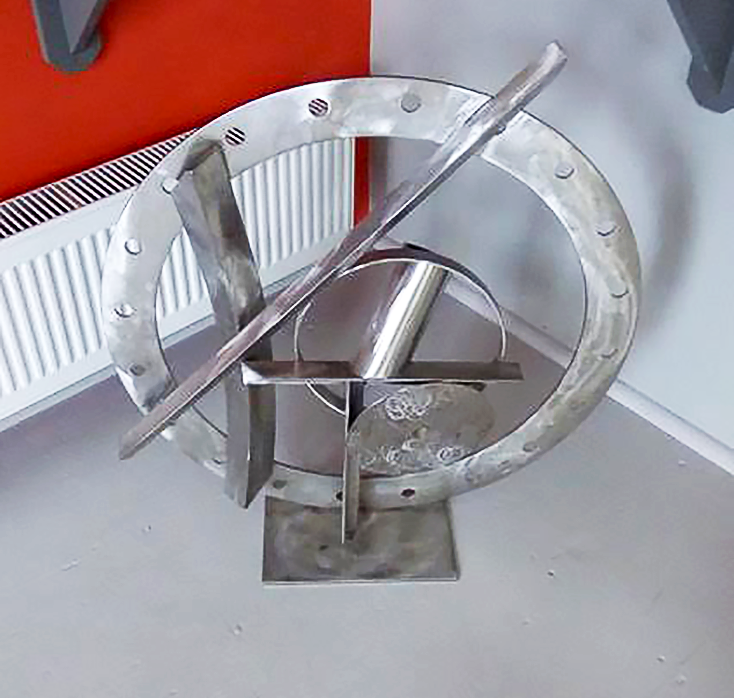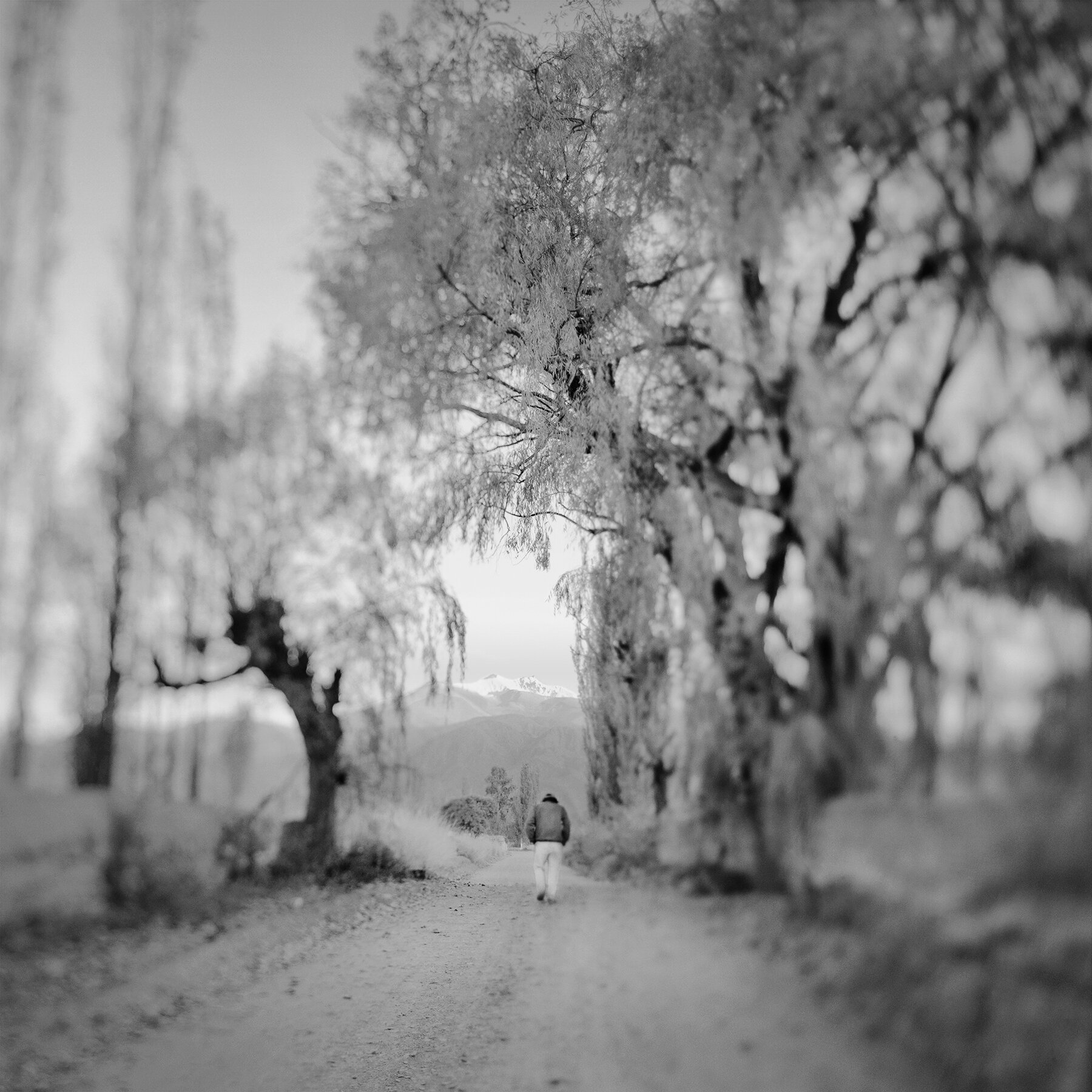Dirk McDonnell
In Dirk McDonnell’s own words: “One might describe photography as a mode of inquiry, a form of engagement – one involving a variety of elements: light, lens, eye, thought, intuition, and time. For me, to photograph is simply an act of taking note of things; to be actively attentive as you navigate the uncertainties of the terrain. It is to be simultaneously arrested by something and, through the uncomplicated gesture of exposure, to arrest it. A photograph is elliptical by nature, as well as vestigial. Embedded in its disclosures – in its orphaned “then” – is never anything less than evidence of something once discovered, considered, and finally reinvented. Evidence, too, of something that no longer exists, as well as something that does: the simple (and ineluctable) truth of the impermanence of things. But, in the camera’s apparent ability to momentarily suspend the ephemera of happenstance, the world’s ceaseless flux, can be found intimations of time transcended. Within photography’s capacious, parallel realm of appearances, the time is always now.
The artist Chuck Close has alluded to the sisyphean difficulties photography presents – in all of its hyper-abundance – of coming up with anything new. So, the perennial question the medium poses is how one might move forward with it. Having shifted over time from principally relying on the use of a medium format camera to that of a 4x5 view camera, I felt that a tentative response to this problem – though hardly unique – might be found in the idiosyncratic effects that a wracking of the front standard of the larger camera can have on photographic space, bringing into play how scale is read and perceived.
As Susan Sontag once pointed out, photographs ‘fiddle with the scale of the world,’ while themselves being, ‘miniatures of reality that anyone can make or acquire.’ One can see this idea elaborated upon in the work of contemporary photographers such as Thomas Demand and James Casebere, to cite two examples, whose photographs of crafted miniatures seem designed to skew one’s notions of scale while subverting the easy assumptions we all make about what we see, what we know and how we know it. With the view camera’s flexible bellows construction – which allows it to tilt and swing the lens relative to the film plane – I discovered that a pronounced angling of the lens board could lead to interesting visual effects, rendering the world as a kind of diminutive set-piece while producing images which, in this regard, seemed rife with off-kilter ambiguities.
I first adopted this approach while photographing Maine’s winter landscape as a way of perhaps layering abstraction onto something which – with its bare–bones suppression of detail and minimalist reductionisms – already seemed to lean into a world of floating abstraction. Later it occurred to me to try (in a kind of conflating of approaches) to adopt something of the immediacy of the photographic decisive while employing the selective focus technique with which I had been working.
Vestiges of things once seen, photographs limn the visible forms of a memorialized dreamscape. In some here you will find description listing into abstraction; what is concrete yielding to diffusion; perhaps the known giving way to that which eludes knowing. When all is said and done, though, this is simply the way things looked as light fell, in certain places, at certain times, in that fugitive moment which is always now.”
Public Collections
Centro De La Imagen, Mexico City, Mexico
Valencia Institut d’Art Modern, Valencia, Spain
Georgia O’Keefe Museum, Taos, NM
Portland Museum of Art, Portland, ME
Colby College Museum of Art, Waterville, ME
Museum of Contemporary Photography at Columbia College, Chicago, IL
Fotografico Alvarez Bravo, Oacaca, Mexico
The Farnsworth Museum, Rockland, ME
Selected Solo Exhibitions
2007
”As Light Fell,” Throckmorton Fine Art, New York, NY2004
”Things Stand Still,” Throckmorton Fine Art, New York, NY2003
”Memory, Desire & the Reversal of Time,” installation with video, Center for Maine Contemporary Art, Rockland, ME
”Images in Black & White,” University of New England, Portland, ME2001
”New Work,” Caldbeck Gallery, Rockland, ME2000
”Dirk McDonnell: Photographs,” University of Maine at Machias1999
”Time & Light: A Record of Things Seen,” Center for Maine Contemporary Art, Rockland, ME
